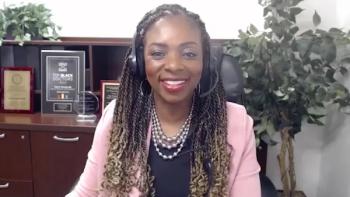
The Pros and Cons of Brain Stents for Stroke Patients
To stent or not to stent? We present 3 studies with opposing responses to this question.
Brain stents show promise for certain, but not all, stroke patients.
Two studies show that stroke patients are more likely to recover when blood flow to the brain is restored by stents that remove the clots that are causing damage. Both studies were stopped early after demonstrating overwhelming benefits for the patients who underwent clot removal.
The studies were simultaneously presented at the International Stroke Conference in Nashville, TN, and published in The New England Journal of Medicine earlier this year.
A
The researchers enrolled 316 patients from 22 centers worldwide, including 238 who received intravenous alteplase. They randomly assigned 118 patients to receive standard care or 120 patients to standard care plus endovascular treatment with the use of available thrombectomy devices.
After 3 months, 53% of patients undergoing clot retrieval were functionally independent as compared with 29% of those given only drugs. Deaths also were lower (10%) with thrombectomy as compared with standard care (19%).
In the second
The surgical procedure restored blood flow to the brain in all patients, while drug therapy did so for only 37% of patients. After 3 months, thrombectomy led to neurological improvement in 71% of patients as compared with 40% of those on medical therapy.
Balloon Stents Contraindicated for Intracranial Stenosis
For patients with intracranial stenosis, one of the most common etiologies of stroke, a balloon-expandable stent may not be the appropriate treatment, according to an international, multicenter, randomized, parallel group
The researchers randomized patients with symptomatic intracranial stenosis to receive treatment with a balloon-expandable stent plus medical therapy (59 patients) or medical therapy alone (53 patients). Enrollment was halted after negative results from another trial prompted an early analysis of outcomes.
Intracranial hemorrhage within 30 days occurred in more patients in the stent group (8.6%) as compare to none in the medical group. The 1-year primary outcome of stroke or hard transient ischemic attack occurred in more patients in the stent group (36.2%) versus the medical group (15.1%). Twice as many patients in the stent group (24.1%) had a worsening of baseline disability score as in the medical group (11.2%).
The researchers concluded that these findings do not support the use of a balloon-expandable stent for patients with symptomatic intracranial arterial stenosis.
Newsletter
Keep your finger on the pulse of neurology—subscribe to NeurologyLive for expert interviews, new data, and breakthrough treatment updates.


































